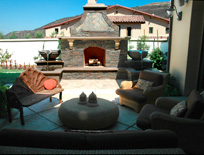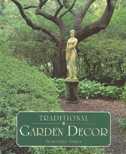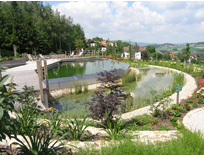ARTICLES
Advance Search
Aquatic Health
Aquatic Health, Fitness & Safety
Around the Internet
Aquatic Culture
Aquatic Technology
Artful Endeavors
Celebrity Corner
Life Aquatic
Must-See Watershapes
People with Cameras
Watershapes in the Headlines
Art/Architectural History
Book & Media Reviews
Commentaries, Interviews & Profiles
Concrete Science
Environment
Fountains
Geotechnical
Join the Dialogue
Landscape, Plants, Hardscape & Decks
Lighter Side
Ripples
Test Your Knowledge
The Aquatic Quiz
Other Waterfeatures (from birdbaths to lakes)
Outdoor Living, Fire Features, Amenities & Lighting
Plants
Ponds, Streams & Waterfalls
Pools & Spas
Professional Watershaping
Structures (Editor's Notes)
Travelogues & History
Water Chemistry
WaterShapes TV
WaterShapes World Blog
Web Links
Around the Internet
Aquatic Culture
Aquatic Technology
Artful Endeavors
Celebrity Corner
Life Aquatic
Must-See Watershapes
People with Cameras
Watershapes in the Headlines
In creating waterfalls, some watershapers don’t seem to realize is that you can precisely control the sound the falling water makes as it descends from level to another. My goal in paying attention to this detail is to take advantage of
The state of Rhode Island and the city of Richland, Wash., recently adopted the International Green Construction Code (IGCC) as part of their building codes for commercial buildings. That might not sound important if you don’t happen to work in either of those small markets, but it’s the tip of a big green iceberg
Could You Walk Across a Pool Filled with Ping-Pong Balls?
Compiled and Written by Lenny Giteck Mystery: Did UFO DrainArgentine Swimming Pool? According to a report on the Web site UFOdigest.com, the 16,000-gallon swimming pool at the Hotel Maykel in Justiniano Posse, Argentina, was inexplicably drained completely dry in less than a day. After being notified
I do much of my work in the residential market, and it’s increasingly common for my clients to have relatively small yards for which they want something both unique and special. In those settings (and in larger ones as well, but often not as critically), I’ve found that it’s the small touches that make the most difference. Frequently, it’s these simple decorative elements that transform designs into
Who first used the crawl stroke in a swimming event?
We’ve been conditioned in the United States to think that the only safe water is water that has been sanitized by powerful chemicals and/or devices using ozone or ultraviolet light. In fact, it seems that our industry has promulgated a doctrine that we need to
Compiled and Written by Lenny Giteck Flamboyant Brit FillsPool with Booze... Not long ago, Ripples wrote about a swimming pool at Caesars Palace in Las Vegas that allegedly was filled with liquid chocolate. Of course, the item in Ripples immediately revealed this to be
Compiled and written by Lenny Giteck Air France Sexy Pool SceneSymbolizes La Vie en Rose The backstory: He is in seat 8A on an Air France flight winging its way across the Atlantic; she's in 8B. They are both good-looking and fit - definitely in their prime. Even though they never met before boarding the aircraft, once in the air their eyes lock



















Clean Water for Kenyan Orphans